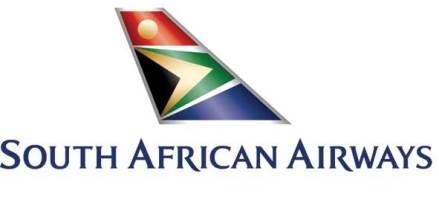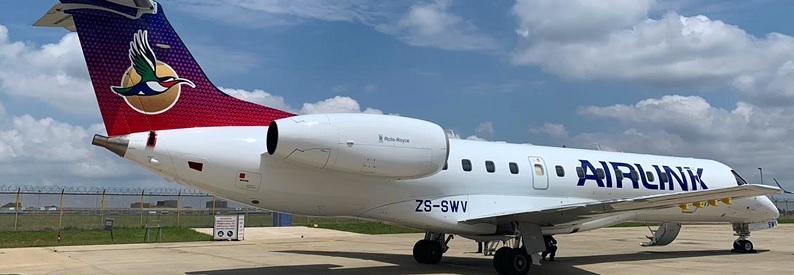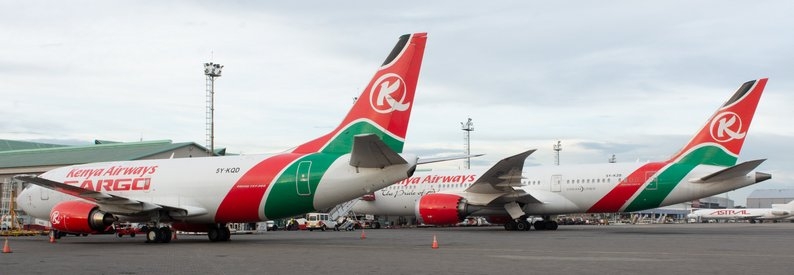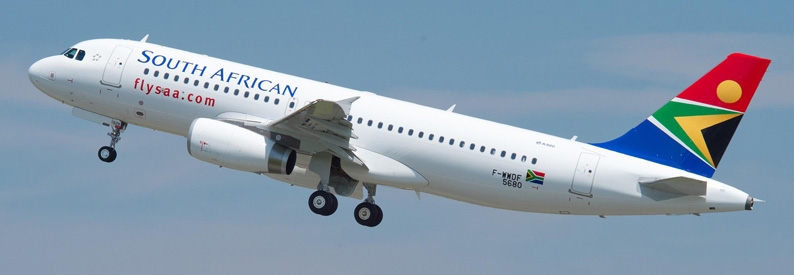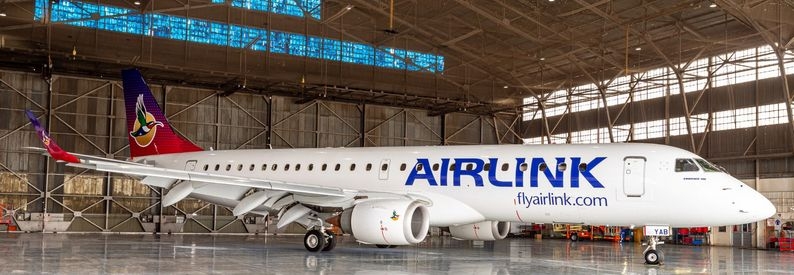Vuyani Jarana, the outgoing Chief Executive Officer (CEO) of South African Airways (SA, Johannesburg O.R. Tambo), has warned the state-owned carrier could face severe cash flow constraints by the end of this month unless government intervenes.
Under its latest corporate turnaround plan, SAA requires a total of ZAR21.7 billion rand (USD1.47 billion) in funding to reach break-even in 2021. Of that sum, ZAR9.2 billion (USD630 million) is due to pay off legacy debt while the remaining ZAR12.5 billion (USD850 million) is needed for working capital through 2021. Given it is the sole shareholder of the airline, the South African state, through the Treasury, was expected to foot the entire bill.
SAA was thus allocated ZAR5 billion (USD340 million) by Finance Minister Tito Mboweni in his mid-term budget last year of which ZAR3.5 billion (USD240 million) went towards debt repayment with the remainder used for capital. The disbursement was done through a special appropriation bill to settle ZAR14.2 billion (USD970 million) worth of debt repayments due through March 2019.
In a resignation letter leaked to the public this weekend, Jarana said that government has not been willing to come forward with any additional funding commitments making the implementation of the turnaround plan "very difficult".
Coupled with that, efforts to refinance SAA's debt via the banking community have also been sabotaged by what Jarana said was a lack of coherent government policy. According to him, SAA had appointed Deutsche Bank to assist with raising capital after its foreign borrowing caps were lifted. However, once government turned to local banks, the cap removal was withdrawn thus scuppering the agreement with the Germans. SAA was then able to secure ZAR3.5 billion (USD240 million) in bridging capital from local lenders to tide the airline through from December 2018 through to June 2019.
SAA Chief Financial Officer Deon Fredericks told Reuters in February that from June onwards, SAA would need a further ZAR4 billion (USD272 million), enough to carry it to the end of the 2021 fiscal year, in March 2022.
Despite early optimism, local lenders have also turned a cold shoulder to SAA given the Treasury's unwillingness to publically commit itself to again bailing out the airline, a move which is becoming increasingly difficult given its need to plug other state-owned enterprises' debt namely Transnet and power utility Eskom which was allocated ZAR69 billion (USD4.7 billion) over the next three years in the February budget to help it stay afloat. As such, SAA has been forced to look again to foreign lenders in China and Cairo-based Afreximbank.
"You would know that we negotiated a specific dispensation with the [local] lenders to continue funding SAA going forward, this was predicated on SAA being mentioned in the Minister of Finance budget speech, which did not happen," he said.
"We have been asking Government to write us a letter indicating its intention to approach parliament to appropriate funds to support SAA working capital requirements as per approved corporate plan. We would use such letter to approach domestic lenders to provide required funding, this has not been forthcoming at least not in the manner and form we believe would satisfy the lenders. We are busy looking for other financing mechanisms to close the gap, we have approached the Bank of China and Afreximbank for funding."
Jarana warned that instead of reducing SAA's deficit to more sustainable levels while implementing the turnaround plan, his tenure has only seen debts rise while accumulating additional interest charges.
Aside from funding woes, Jarana also bemoaned SAA's bureaucratic decision-making process for it missing out on opportunities. He cited the recent "loss" of Glenn Orsmond, the former CFO at Star Air (South Africa), who had been headhunted to become CFO at SAA Technical but who eventually became co-CEO at rival Comair (South Africa). He also cited difficulties in getting tough decisions passed including the termination of lossmaking routes such as Johannesburg O.R. Tambo-Hong Kong International.
"One of the areas of concern is speed of decision making, it is impossible to succeed in the turnaround with the current level of bureaucracy we have to go through to implement the strategy. Currently, SAA must obtain approval of DPE [Department of Public Enterprises] and National Treasury to implement some of the key decisions, whilst this in itself is not a problem as a principle, it takes away the agility required for an entity in financial distress, an ICU case," he added.
In summation, the CEO said that given the current status-quo, he did not believe SAA could pull off a turnaround unless there was a dramatic change in how the airline is run and how it is financed.
"Given all these matters, the strategy is being systematically undermined, and as the Group Chief Executive Officer, I can no longer be able to assure the Board and the public that the LTTS [Longterm Turnaround Strategy] is achievable. A lot has to change to enable the accelerated implementation of the LTTS, to date I am not convinced that we can make the required changes both in terms of process and in how we coordinate ourselves as team comprising of Executives, Board, and two shareholder Ministers," he said.
Jarana's last day of work is August 31, 2019.
